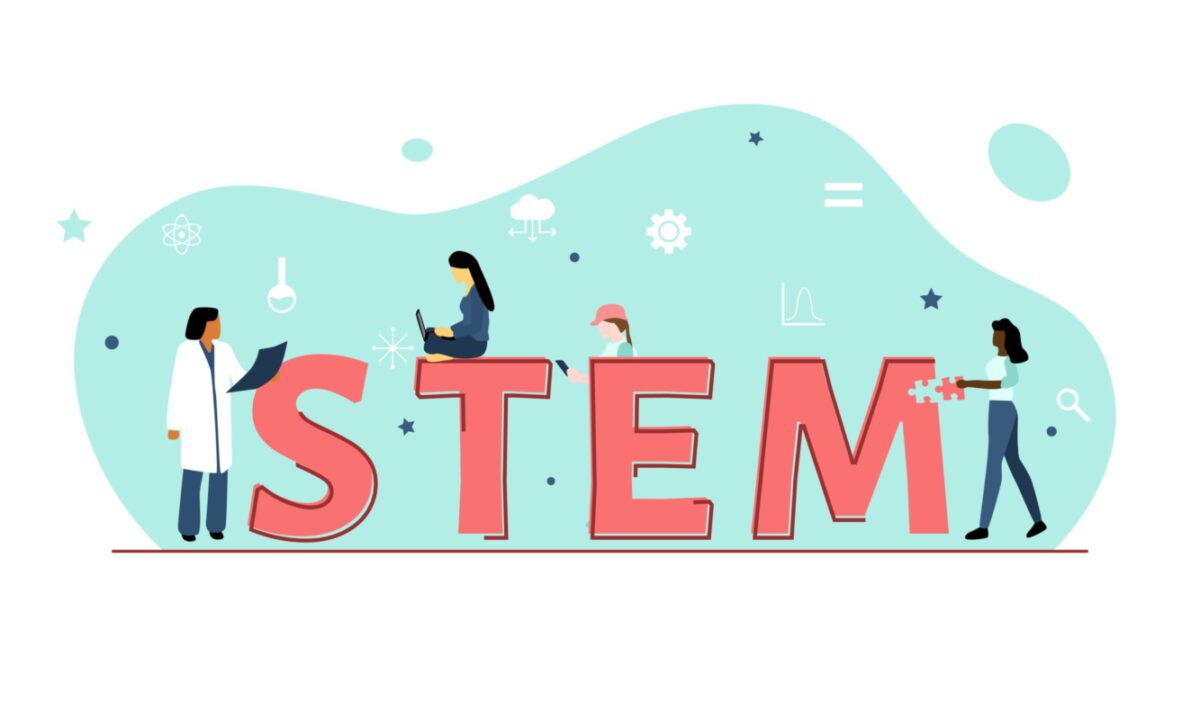How Inclusive Is STEM, and How Do We Diversify the Relevant Fields?

A lack of workforce diversity in terms of education currently plagues STEM (science, technology, engineering, and maths) industries. The world cannot continue to thrive without the work produced under STEM and the geniuses behind it. So why does it struggle to encompass inclusivity, and why is this a problem? Let’s explore here.
Just how inclusive is STEM right now?
It’s difficult to argue that STEM is inclusive when statistics show that more than half of scientific, technological, engineering, and math workforces are made up of white men. With this particular gender and race taking up a staggering 65 per cent, that doesn’t leave much room for men of other races, and women generally.
The absence of diversity can be found not only in the relevant job fields but also in the fields of study. As one example, the latest UCAS statistics show that only 19 per cent of all students studying engineering and technology are female.
We can’t diversify industries without first diversifying the associated college and university courses. For example, if we want more women and ethnicities working in the engineering sector, then we need more women and ethnicities taking mechanical engineering courses. It sounds simple on the surface.
What appears to be in the way of diversity
Stereotypes and macho culture prevent many women from undertaking STEM fields of study. This then prevents them from entering a relevant career under the STEM umbrella. A man in a white lab coat or with a hard hat on his head is typically imagined when the words ‘scientist’ and ‘engineer’ are heard, not a woman.
When it comes to men and women of different races and ethnicities, the reason for their absence in STEM fields varies dramatically. In the UK, due to issues throughout the education system, Black people in STEM higher education courses have poorer degree outcomes and lower rates of academic career progression than other ethnic groups, research for the Royal Society shows.
Senior Lecturer and Head of Outreach in the Physics Department at Imperial College London and member of the Royal Society’s Diversity Committee Dr Mark Richards said: “We need targeted interventions across the pipeline; raising aspirations in primary schools, bringing more clarity to prospective PhD students in terms of career pathways, and supporting existing black researchers and academics to achieve their full potential.”
Why it’s crucial we diversify STEM
It is fundamental that we work together to create a STEM environment that women and people of other races feel safe and comfortable being in. A scientific team made up of different genders, ethnicities, races, and backgrounds means things can be seen through different lenses. This is crucial in an industry where successful outcomes are influenced by opposing questions, experiences, and beliefs.
A lack of diversity means lost talent and missed opportunities. These are two very important factors that, without, hinder the triumphs of STEM. With inclusivity, the relevant industries can enjoy astronomical levels of success not yet reached, which in turn benefits everyone.
Jobs associated with STEM include forensic analysis, computer programming, manufacturing, and accounting, all of which a thriving society heavily relies on. If people from different backgrounds continue to feel discouraged from entering fields that contain such jobs, our nation will continue to struggle to reach its full potential.
The science, technology, engineering, and maths work we’re currently producing across the United Kingdom is fantastic – nobody is disputing that – but there’s so much more we could conquer and achieve if we work to diversify the sectors in a way that will last long term.
So what’s the solution?
If we want to dramatically broaden the teams working in STEM job roles, first we must look at the relevant educational opportunities presently available for women and people of other races and ethnicities.
We need to eradicate the gender bias that can be found in primary education, and it’s crucial we discover and promote solutions where inequality doesn’t dispirit people from entering fields of study under the science, technology, engineering, and maths topics.
Dr Samantha Clark, Academic Liaison and Outreach Manager at Heriot-Watt University, said: “It’s in everyone’s best interest to create a divergent, thriving STEM environment across the United Kingdom, so we must come together to fight the stereotypes and push for equal opportunities across all career fields and the education sector.”










Responses